>>
Nghia Lo town currently has about 520 hectares of fruit trees, with an estimated annual output of nearly 1,000 tons of fruit with a variety of fruit trees, most concentrated in the summer. From April to June, plums, melons, cantaloupes, watermelons, lychees, mangoes, and guavas enter the main season; from July to September, longans, custard apples, and dragon fruit... Among the summer fruits, plums are probably the most anticipated crop, especially since this year the main season is nearly a month later than usual. Mr. Pham Van Rung's plum garden in village 8, Nghia Lo commune is entering the harvest season with large, round clusters of plums.
Mr. Rung said: "Normally, from the beginning of May, we will enter the main plum harvest season. But because this year is a leap year, plus some weather factors, this year's plums will not be harvested until the end of May. Therefore, the off-season plum season is extended, so the income is also a few tens of millions of dong higher than last year. Whether growing plums in the main season or off-season, I always follow the correct technical process, only fertilizing with organic fertilizers and using biological pesticides and insecticides when flowering and starting to set fruit, combined with biological traps to catch fruit flies. Thus, the product is isolated for nearly 2 months before being harvested, ensuring safety and can be eaten directly in the garden."
Each plum tree is cared for by Mr. Rung according to the right technique, the trees are also planted in rows, 7m apart, enough for the canopy to develop. With 100 plum trees over 10 years old, this year, he is expected to harvest over 10 tons of main-season fruit and over 700 kg of off-season fruit, earning nearly 200 million VND. According to plum growers in Nghia Lo, plums bloom 3 times. In addition to the main season around January, the off-season will bloom in November and March every year, but this season the flowers are few, the fruit is not much, but the value is much higher. If the main season is only sold for an average of 15,000 VND/kg, the off-season is 60,000 VND/kg.
Along with plums, melons such as watermelon, honeydew, cantaloupe, and cucumber are also in season. Perhaps, fruit trees are suitable for the soil and climate of this region, so they do not need much investment or care but still grow to produce good yield and quality.
Ms. Hoang Thi Thuy in Ban Khinh village, Thanh Luong commune shared: "Previously, this land grew rice but lacked water, so there were few crops. But switching to growing cantaloupe and watermelon is very suitable. Just need a little fertilizer and proper care, pruning, pollination, and the yield and output are much higher, 5 times higher than growing rice. On average, 1 hectare gives an income of about 80 - 100 million VND/crop, 2 crops can be grown a year, and vegetables can still be grown in the winter season."
In addition, to meet market demands, in recent years, fruit growers in Nghia Lo town have promoted safe production, focusing on the use of biological pesticides and strengthening manual pest control measures. Local people have also completely eliminated the use of herbicides in production, increasing the use of organic fertilizers and composted manure. Thanks to that, the products are safe and well received by consumers.
Mr. Hoang Trung Dung - Vice Chairman of Nghia Lo Commune People's Committee shared: "Recently, Nghia Lo Commune has started to welcome a few tourist groups to the local fruit gardens to experience farming and harvest by themselves. Almost every group of visitors who come buys bird's nest fruit as gifts. Some people even take their phone numbers and come back to buy more. Farmers are happy because their products sell at high prices; the locality is also happy because there is a new place to attract tourists. With a specialized fruit growing area of nearly 250 hectares, we hope that the superior authorities and functional agencies will have directions and instructions to develop this experience into a tourism product, at the same time, actively promote and introduce it on digital platforms and media".
Indeed, when this experience is built systematically, it is not only an effective way to consume local agricultural products but also creates a tourism product, an impressive highlight on the journey to travel to Western Yen Bai.
Hoai Anh
Source: https://baoyenbai.com.vn/12/351559/Nghia-Lo-mua-qua-chin.aspx








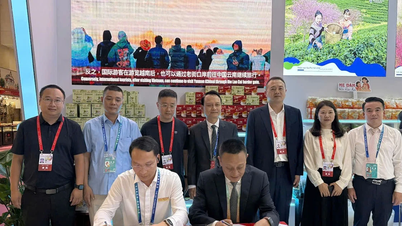



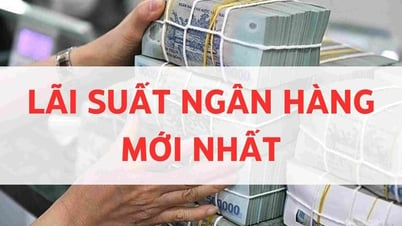

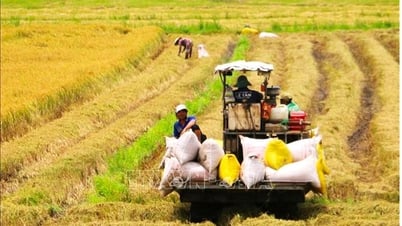
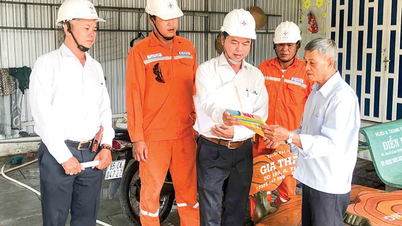






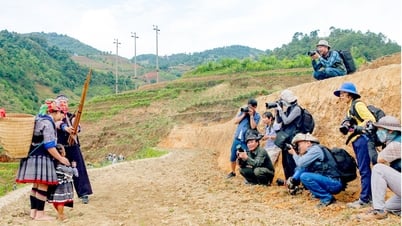

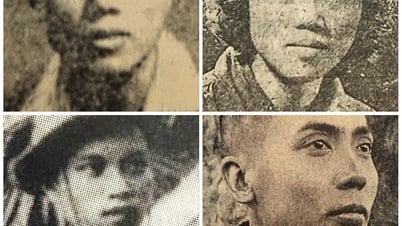
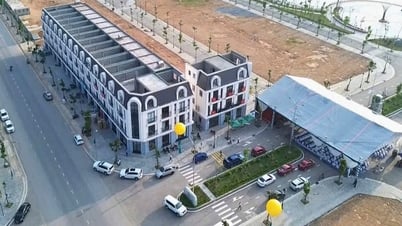
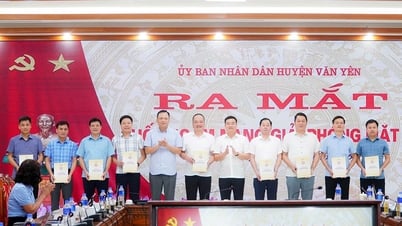
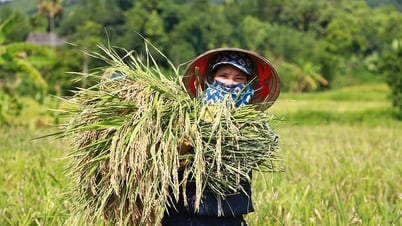




























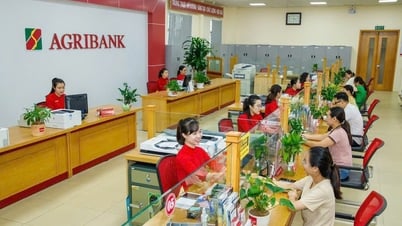
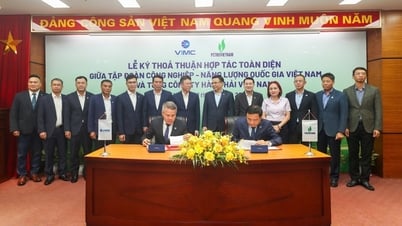















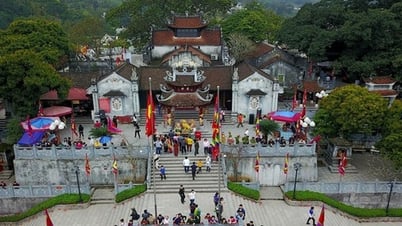

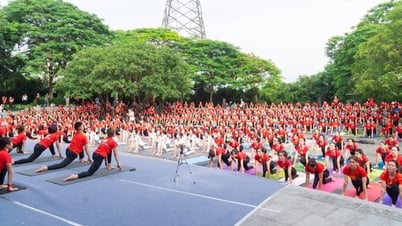
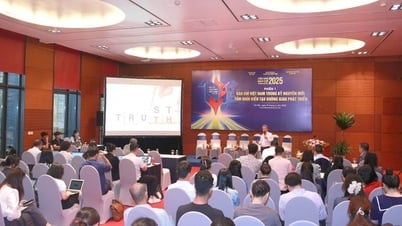
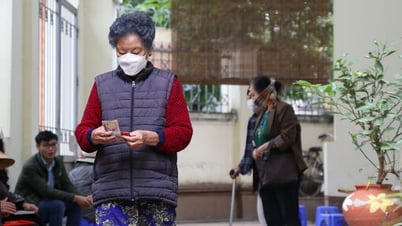



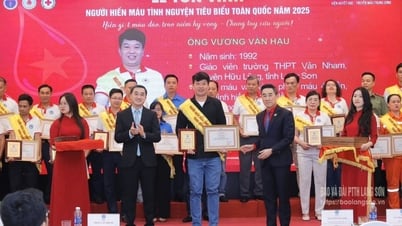















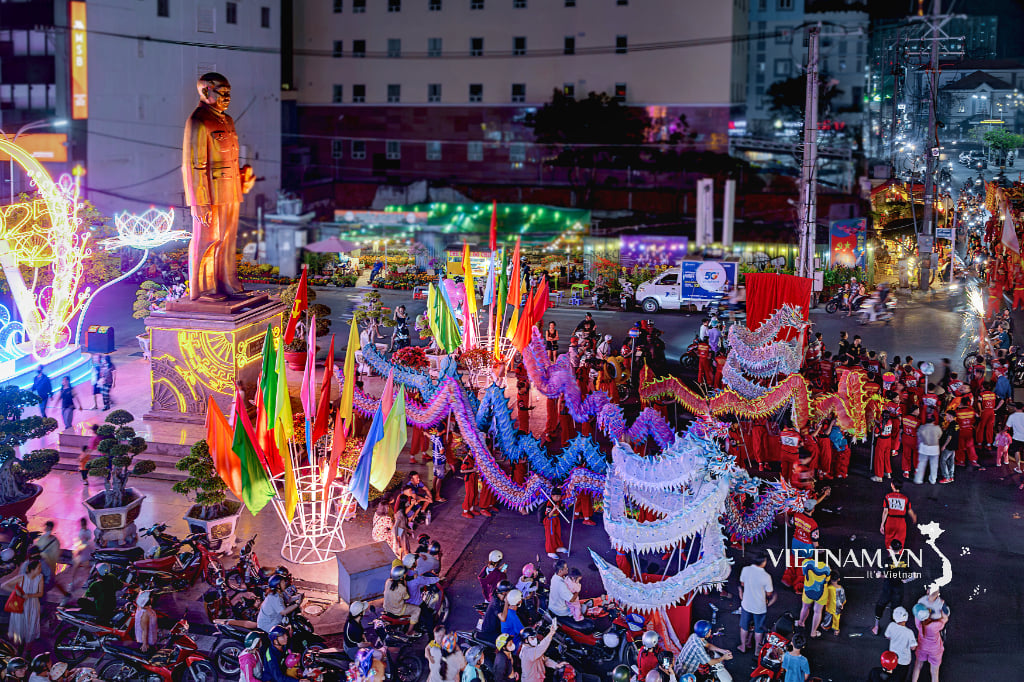

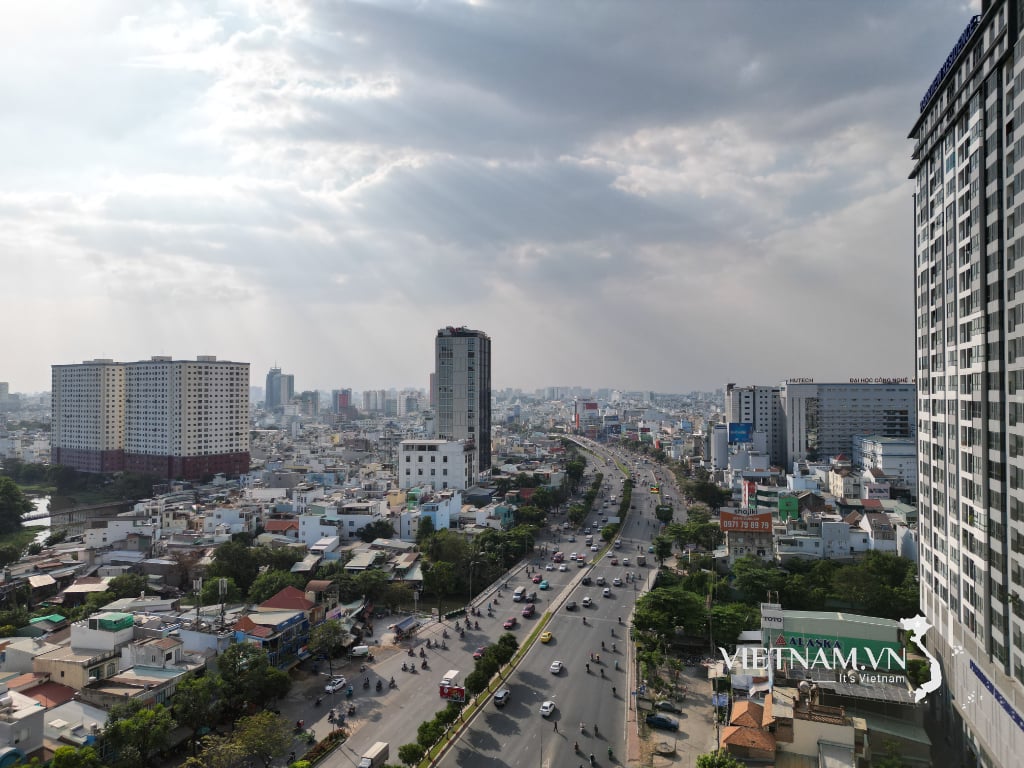

Comment (0)